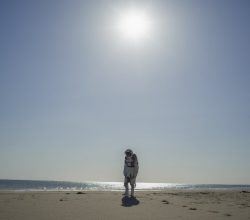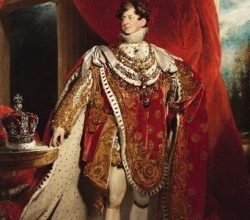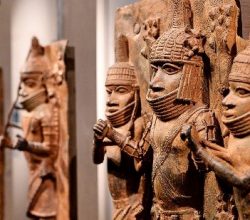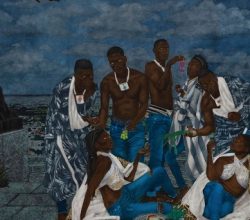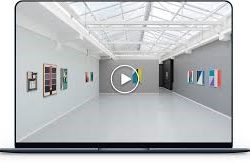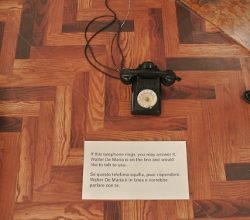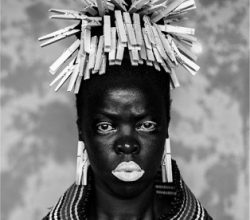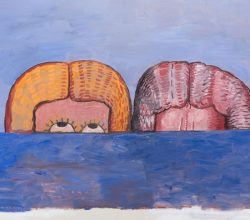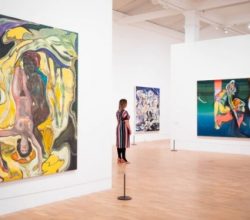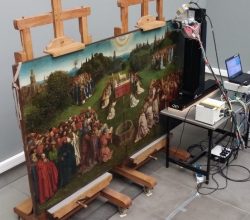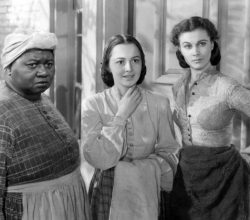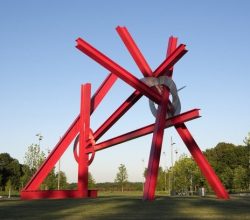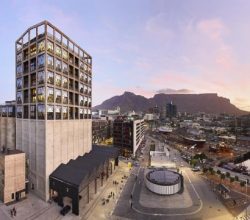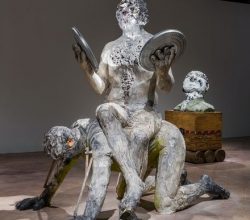
Nicole Eisenman: Walking Together
Katy Diamond Hamer | sculpture | 16th July 2020
Although she made her name in painting, Eisenman’s work has shifted significantly toward sculpture. Like her paintings, her sculptures are mostly figurative – “apocalyptic misfits”, some in abject poses, more that are lumbering forward toward who knows where. Their size and worked surfaces emphasise physicality, expressing Eisenman’s view that painting’s impact is “from the neck up and sculpture … from the neck down.”

